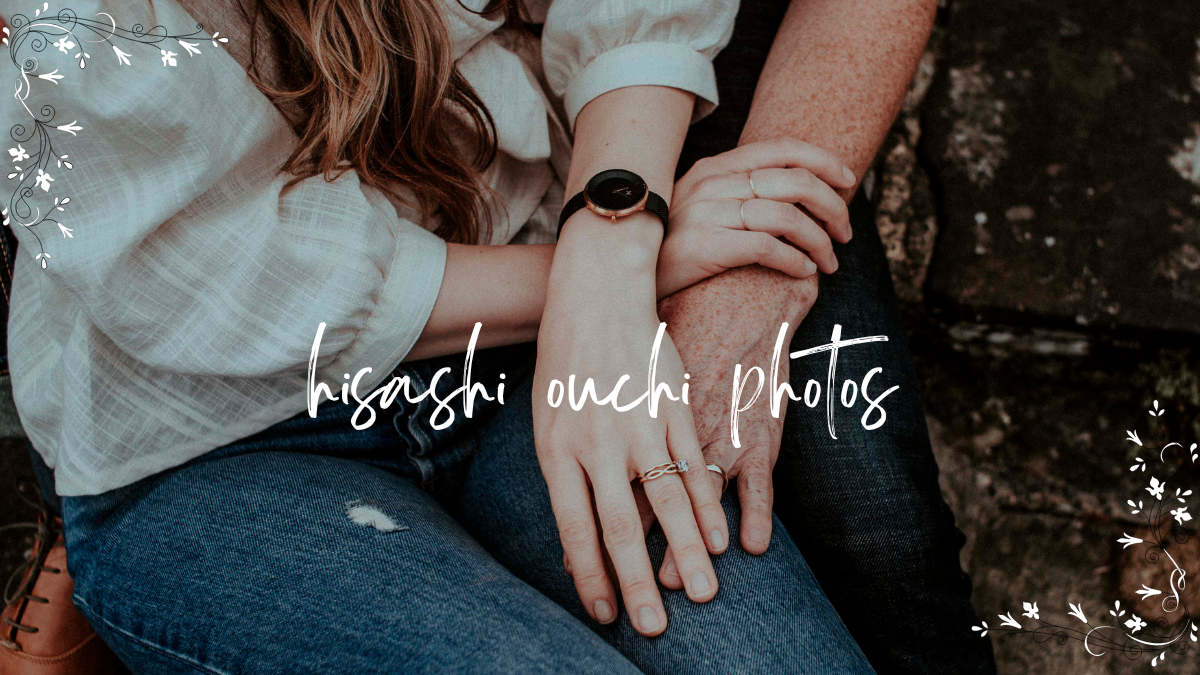Introduction
The name hisashi ouchi photos became synonymous with one of the most horrifying accidents in modern history – the Tokaimura nuclear incident. His tragic fate captured the world’s attention, but the fascination with his story often extends beyond the event itself. People frequently search for Hisashi Ouchi photos, hoping to catch a glimpse of the unimaginable suffering caused by the incident. But what is the story behind these images, and why is there such a morbid curiosity surrounding them?
The Tokaimura Nuclear Accident
In 1999, the Tokaimura nuclear power plant in Japan became the site of a catastrophic event. During a routine operation, a criticality accident occurred, exposing workers to lethal doses of radiation. Hisashi Ouchi, a technician at the plant, was one of the three workers present at the time of the accident.
While handling a batch of uranium, safety protocols were violated, resulting in an uncontrolled nuclear reaction. Ouchi received an unimaginable dose of radiation—far beyond what any human could endure. This tragic incident is considered one of Japan’s worst nuclear disasters.
The Immediate Aftermath of the Incident
In the moments following the accident, hisashi ouchi photos was exposed to radiation levels that would be lethal within seconds. He was immediately rushed to a nearby hospital, where doctors quickly realized the severity of his condition. Despite their best efforts, the radiation had already caused irreversible damage to his cells, and his body began to deteriorate rapidly.
The extent of the radiation exposure led to unprecedented medical challenges. Hisashi Ouchi suffered from burns, organ failure, and a complete breakdown of his immune system. The medical team faced the impossible task of keeping him alive, despite his body’s inability to heal.
What Made Hisashi Ouchi’s Case Unique?
What set Hisashi hisashi ouchi photosapart from other radiation victims was the extreme nature of his exposure. He received a dose of radiation estimated to be around 17 sieverts—over twice the amount considered lethal. This level of exposure caused catastrophic damage to his DNA, skin, and internal organs.
For weeks, doctors tried various experimental treatments in a desperate attempt to save his life. However, the radiation had destroyed Ouchi’s ability to regenerate cells, leaving his body in a state of constant deterioration.
The Controversial Photos of Hisashi Ouchi
One of the most disturbing aspects of hisashi ouchi photos photos is the widespread circulation of photos purported to show his condition during treatment. These images are often sought after by people looking for proof of the horrific effects of radiation poisoning. However, this raises significant ethical concerns.
The publication of these photos, whether real or manipulated, has sparked debates about the morality of sharing graphic content. Many argue that it’s an invasion of privacy, especially for someone who endured such immense suffering.
Hisashi Ouchi’s Condition: A Detailed Look
Radiation poisoning, particularly at the levels Ouchi experienced, has devastating effects on the human body. His skin began to peel away, his organs failed one by one, and his immune system collapsed entirely. Despite this, he was kept alive for 83 days in excruciating pain, a decision that has been widely criticized for prolonging his suffering.
Doctors performed multiple skin grafts, blood transfusions, and experimental treatments, but the damage was too severe. Hisashi Ouchi’s case remains one of the most extreme examples of radiation poisoning in medical history.
The Role of Media in Hisashi Ouchi’s Story

The media played a significant role in shaping public perception of the Tokaimura accident and Hisashi Ouchi’s ordeal. News outlets around the world covered the story, often focusing on the graphic nature of his injuries. This sensationalism contributed to the public’s fascination with his photos, as people sought to visualize the horrors described in reports.
Ethics in Publishing Graphic Content
The ethical debate surrounding the publication of Hisashi Ouchi’s photos is complex. On one hand, some argue that the public has a right to understand the full scope of the tragedy. On the other hand, many believe that sharing such graphic images is exploitative and disrespectful to both the victim and his family.
Hisashi Ouchi’s Last Days
Despite the best efforts of the medical team, Hisashi Ouchi’s condition continued to worsen. He experienced unbearable pain, and his body was in a constant state of decay. After 83 agonizing days, his heart finally gave out, bringing an end to his unimaginable suffering.
Why People Search for Hisashi Ouchi Photos?
There is an undeniable human fascination with tragedy, particularly when it involves extreme suffering. Many people search for Hisashi Ouchi photos out of curiosity, wanting to see the physical effects of radiation poisoning for themselves. The internet has made it easier than ever to access graphic content, further fueling this morbid curiosity.
Fake or Real: The Truth About the Photos

While some images of Hisashi Ouchi have been circulated online, it’s important to note that many of these photos are either fake or heavily manipulated. The authenticity of these images is often questionable, and they should be viewed with skepticism.
The Legacy of Hisashi Ouchi’s Case
The Tokaimura incident, and Hisashi Ouchi’s death, had a lasting impact on nuclear safety protocols in Japan and around the world. His story serves as a grim reminder of the dangers of nuclear energy and the importance of following safety procedures to prevent future disasters.
The Public’s Obsession with Disturbing Images
Why do people seek out disturbing images like those of Hisashi Ouchi? Psychologists suggest that it’s a mix of morbid curiosity, a desire to understand the extremes of human suffering, and the need to confront our own fears of death and pain. Unfortunately, the internet provides an endless supply of such content, perpetuating this cycle.
How Radiation Poisoning Affects the Body
Radiation poisoning is one of the most severe forms of injury the human body can endure. It damages cells at the DNA level, preventing them from repairing themselves. This leads to rapid deterioration of the skin, organs, and immune system, as seen in Ouchi’s case.
Conclusion
The story of hisashi ouchi photos a tragic reminder of the dangers of nuclear energy and the devastating effects of radiation exposure. While the public’s fascination with his photos is understandable, it’s essential to approach such content with respect and sensitivity. Hisashi Ouchi’s ordeal should be remembered not for the graphic images associated with it, but for the lessons it teaches about safety, ethics, and the human cost of technological failure.
